Celebrate the Holidays with Festive Greenery Trimmings

Photo credit: iStock/DNY59
Soon, the winter holidays will be here and many of us will deck our halls with all kinds of outdoor greenery to help us celebrate. Christmas trees, evergreen boughs, mistletoe, holly and rosemary are just a few of the festive plants we bring indoors in winter.
The tradition dates back millennia to the cultures of cave dwellers who reportedly brought evergreen boughs indoors for comfort during dark winters. We elevate greenery in winter, too. People embrace houseplants to brighten winter days because it makes them feel better.
It’s the same with holiday greenery. These bits of nature add color and fragrance to the holiday scene, and what we don’t have in our landscape we can find at local garden centers.
Here’s a sampler of popular, readily available plants for winter greenery, either in the backyard or at the garden center. Remember to also check with local Christmas tree farms that may sell evergreen branches.
See more: No Green Thumbs Necessary For Houseplants
Holly

Photo credit: iStock/LesyaD
Two types of hollies add red berries to arrangements. The evergreen type has glossy, evergreen pointy leaves. Another type is called winterberry holly, a native shrub that drops its leaves in winter. Either holly variety can be cut for indoor arrangements, mantle decorations, wreaths or other holiday accessories.
Needle Evergreen Boughs
Needle evergreens are always a good choice. Junipers, especially branches with their frosty blue berries, are beautiful when mixed with other evergreens. Pine, spruce and fir branches add fragrance. Coned cedar branches are fragrant, and although commonly called cedar, they are in the arborvitae family. Cut arborvitae branches with tiny cones and yews, which sometimes have red berries on branches, can also be cut for indoor use.
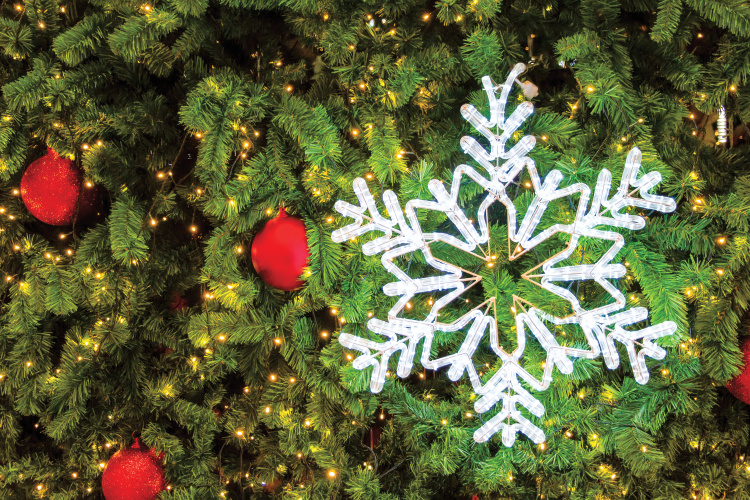
Photo credit: iStock/Bubbers13
Broadleaf Evergreen Boughs
The branches of boxwood, especially the variegated ones, brighten mantle arrangements and wreaths. Huckleberry branches add glossy brown leaves that buff out as they age. Southern magnolia branches bring drama to arrangements, with their thick, waxy green leaves and rusty-colored undersides.
Shrub Stems
Among the popular shrubs brought indoors are the stems of red-twig dogwood. Shrubby dogwoods also come with yellow stems. These stems add height to indoor arrangements and weave color through evergreen boughs on a mantle arrangement.
The dried flowers on hydrangeas can be cut and mixed with evergreens. You can also spray paint them.
Mistletoe

Photo credit: Pixabay/Hans via Canva.com
Small bunches of mistletoe – the plant that celebrates kissing – are usually sold in packages at garden centers, home and garden stores, and grocery stores. Mistletoe is a parasitic plant. It gets a portion of its nutrition from photosynthesis and a portion from modified roots tapped into the host plant, usually trees, for water and other nutrients.
How Much Should You Cut?
Look at your evergreens to see if there are any errant branches or branches that are longer than others. Cut a few branches for winter greenery. You don’t want to do heavy pruning of the evergreens because it could change the form of the shrub. Take just two or three branches from each plant. But if you’re cutting stems from red- or yellow-twig dogwoods, snip as many as you want.
Almost all holiday greenery sold at garden centers comes from the Pacific Northwest. Farmers grow these plants as a crop, like corn, for the purpose of harvesting it for seasonal use.
Caution: Poisonous Plants
- Holly berries are toxic to humans and pets. Don’t let the berries fall on the floor where children or pets might eat them thinking they are candy or food.
- European or Asian mistletoe (Viscum spp.) is also toxic. Don’t let the fruit or leaves fall to the floor. American mistletoe (Phoradendron leucarpum) is not poisonous. Examine the package or tag (or ask) to know which mistletoe you have.
- Dried hydrangea flowers are poisonous to people and pets. So are the leaves.
- Yews are toxic for people and pets.
Add Festive Elements

Photo credit: iStock/AZemdega
- Place colorful balls or other ornaments amid the arrangements of greenery.
- Cones, especially pine, can be purchased at garden centers, hobby stores or online.
- Avoid using lit candles with evergreens, which can catch fire and burn quickly. Opt for battery-powered candlelight instead.
- Add Hanukkah blue, Christmas red and green, or Kwanza-color bows to wreaths and other holiday arrangements, or weave festive ribbon through the greenery on a mantle or table centerpiece.
About the Author: Jo Ellen Meyers Sharp, hoosiergardener.com, is available for in-person or remote programs about gardening, native plants, sustainable living and what to avoid planting. Please see Great Garden Speakers for reviews.
See more: Hellebores Brighten Up Winter Gardens




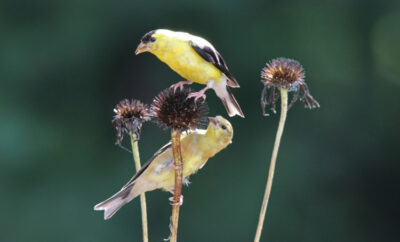
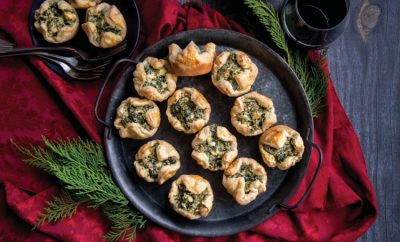
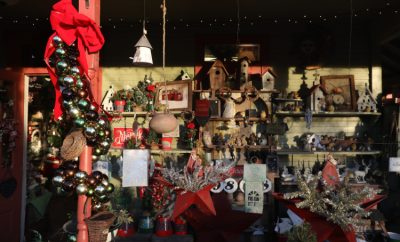


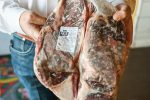
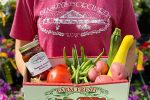


 My Indiana Home is produced for Indiana Farm Bureau members. Our mission is to connect you with the food you eat, the Indiana farmers who grow it and a rural lifestyle that is uniquely Hoosier.
My Indiana Home is produced for Indiana Farm Bureau members. Our mission is to connect you with the food you eat, the Indiana farmers who grow it and a rural lifestyle that is uniquely Hoosier.
Leave a Comment